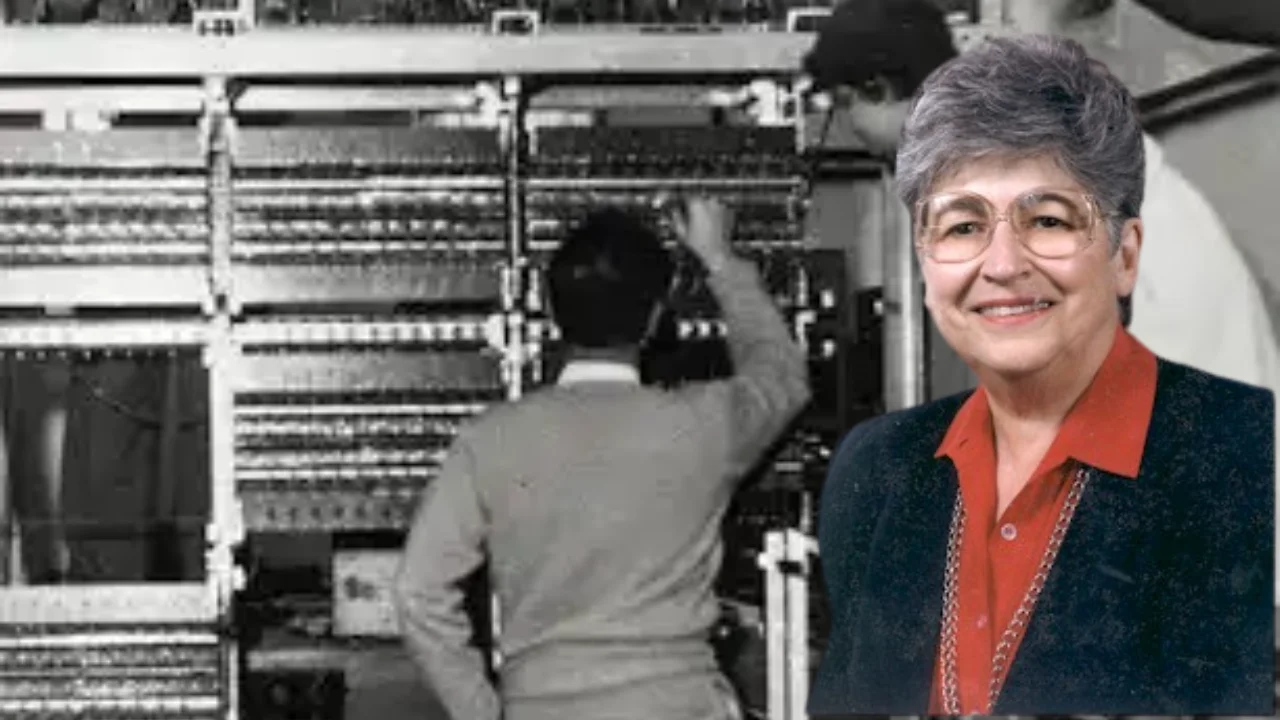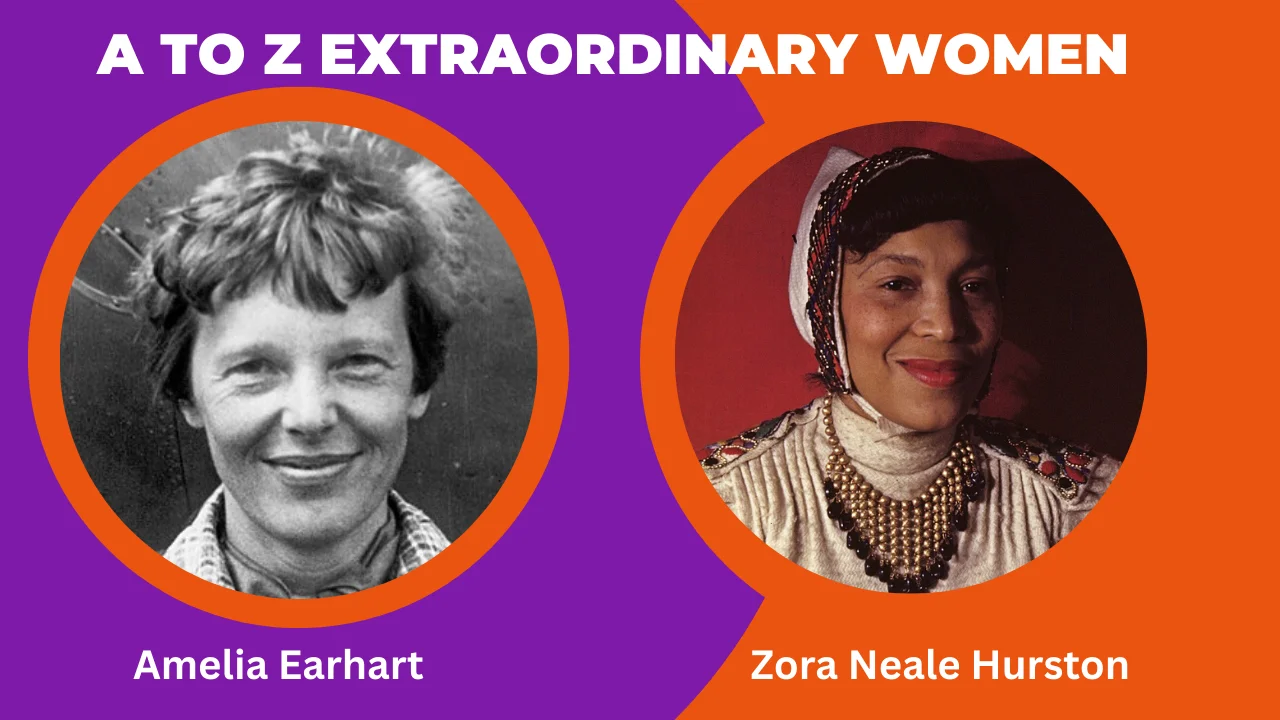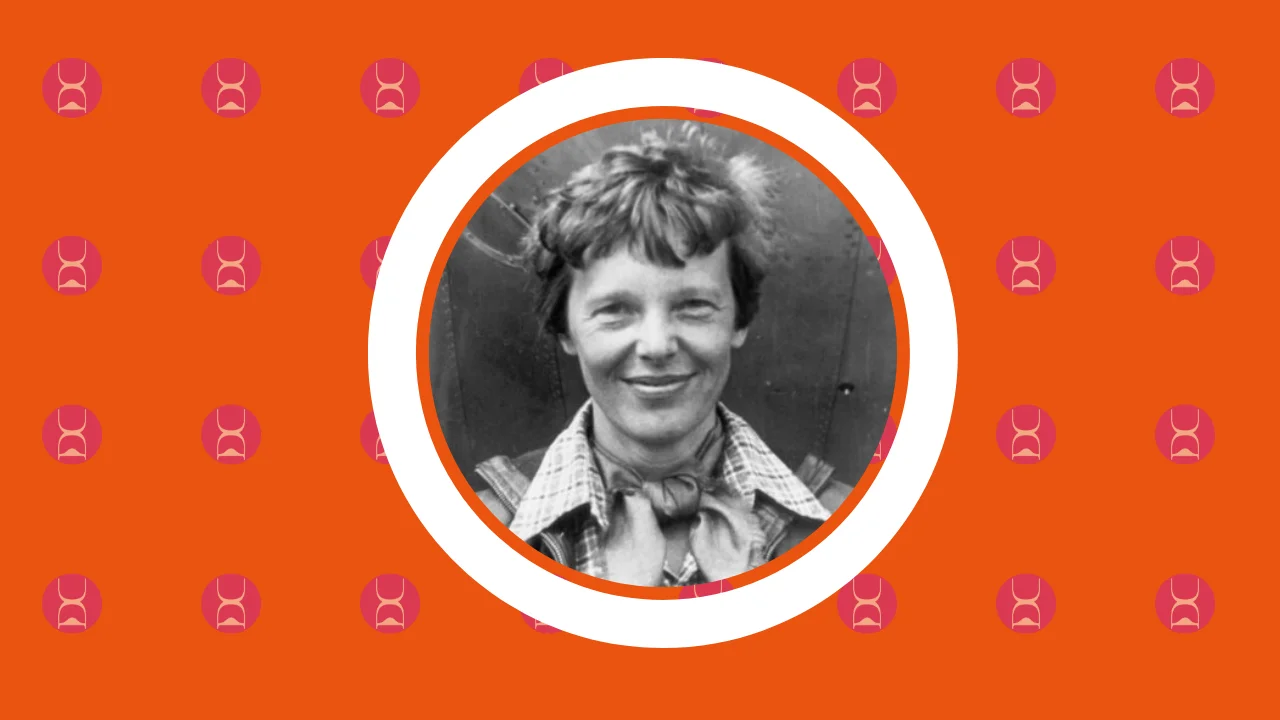How Thelma Estrin Merged Computers and Medicine
14 Mar 2025
Featured

Throughout history, few individuals have successfully bridged the gap between technology and medicine as seamlessly as Thelma Estrin.
A pioneering electrical engineer and computer scientist, Estrin played a crucial role in introducing computer technology into the field of medicine, paving the way for modern medical informatics and computational biology.
Her groundbreaking work not only revolutionized medical research but also set a precedent for women in STEM, proving that innovation knows no gender.
From her early fascination with engineering to her impactful contributions in biomedical computing, Thelma Estrin’s story is one of brilliance, perseverance, and transformation. This article explores the life and legacy of a woman who forever changed the intersection of medicine and computing.
The Early Life of Thelma Estrin
Born on February 21, 1924, in New York City, Thelma Estrin grew up during a time when women in technical fields were few and far between. Encouraged by her family to pursue education, she developed a keen interest in science and mathematics.
She attended City College of New York before transferring to the University of Wisconsin-Madison, where she earned a Bachelor of Science degree in electrical engineering in 1948.
During World War II, Estrin worked on military-related research, contributing to war efforts through her engineering expertise. This period cemented her passion for using technology to solve real-world problems.
She continued her education, earning a Ph.D. in electrical engineering from the University of Wisconsin-Madison in 1951.
Her early experiences, particularly in a male-dominated industry, laid the foundation for her trailblazing career. Undeterred by societal norms, she was determined to push the boundaries of technology and apply it to medical science.
Lesson 1: Pursue your passion: Estrin observed a keen interest in mathematics from childhood and decided to pursue her passion. To achieve her career goals, she had to opt for engineering, an uncommon career path for women back then, but she didn’t mind.
I was always good at math. I don’t even think I took science in high school — maybe a little. I took Latin. But yeah, and I was always good at math. I don’t think we had physics at all. But I was always good in school, which wasn’t an issue - Estrin.
The Intersection of Medicine and Computing: Estrin’s Career and Contributions
Thelma Estrin’s career took a pivotal turn when she and her husband, Gerald Estrin, joined the Institute for Advanced Study at Princeton University. There, she was introduced to the early development of computers, a technology still in its infancy.
This experience shaped her vision of how computing could revolutionize various fields, particularly medicine.
In the 1960s, Estrin became a professor at the University of California, Los Angeles (UCLA), where she led the Biomedical Engineering Department.
It was here that she pioneered the use of computers in medical research. One of her most notable achievements was her role in developing the first computer-based electroencephalogram (EEG) system, which enabled physicians to analyze brain activity more efficiently and accurately.
Estrin’s work was instrumental in creating medical information systems that allowed for better diagnosis and treatment.

source: engineering.wisc.edu[/caption]
She championed the idea that computers could assist in medical decision-making, a concept that has since become the backbone of modern healthcare informatics.
Lesson 2: Leveraging opportunities: Estrin demonstrated that she wasn’t lazy and maximized every opportunity given to her to improve her career. She did this during World War II by taking a three-month engineering assistant course.
Breaking Barriers and Leaving a Legacy
Thelma Estrin was not only a leader in her field but also an advocate for women in STEM. At a time when female engineers and scientists were scarce, she broke barriers and became one of the first women to hold a leadership position in the engineering department at UCLA.
Her influence extended beyond research. She was actively involved in professional organizations, including the Institute of Electrical and Electronics Engineers (IEEE), where she worked to promote diversity and inclusion in engineering.
She was recognized for her contributions with numerous awards, including the IEEE Haraden Pratt Award and election to the National Academy of Engineering.
Estrin’s legacy lives on in the many technological advancements she inspired. Her work laid the foundation for modern medical computing, from digital imaging and electronic health records to artificial intelligence in diagnostics.
Lesson 3: Be resilient: Estrin's successful career story was without challenges. She encountered gender discrimination, but that didn’t make her back down.
Personal Life and Challenges: Overcoming Barriers as a Woman in STEM
Balancing a high-profile career with personal life was no easy feat, but Thelma Estrin managed to excel in both realms. She and her husband, Gerald Estrin, were a power couple in the world of computing, often collaborating on research projects. Their partnership was instrumental in their mutual success, with each supporting the other’s groundbreaking work.
However, Estrin faced numerous challenges as a woman in a male-dominated industry. Early in her career, she encountered resistance and skepticism about her capabilities, often having to work twice as hard to earn recognition. Despite these challenges, she remained steadfast in her mission to integrate computing with medicine.
Her advocacy for women in STEM extended beyond her professional work. She mentored young female engineers and scientists, encouraging them to pursue their passions despite societal barriers. Her story serves as an inspiration to countless women who aspire to break into technical fields.
Thelma Estrin’s Enduring Impact on Modern Medicine and Computing
Even after her passing in 2014, Thelma Estrin’s contributions continue to shape the future of healthcare and technology.
Her pioneering work in biomedical engineering has influenced the development of medical AI, digital health monitoring, and computational biology.
The principles she established in medical computing remain relevant today, forming the backbone of many modern healthcare technologies.
Beyond her technical achievements, Estrin’s advocacy for women in STEM has had a lasting impact. Today, more women are entering engineering and computing fields than ever before, in part due to trailblazers like her who paved the way.
The story of Thelma Estrin is one of passion, perseverance, and progress. Her ability to merge computers and medicine has transformed healthcare, and her legacy continues to inspire generations of engineers, scientists, and medical professionals.
Conclusion
Thelma Estrin’s life was a testament to the power of innovation and resilience. From her early days as an ambitious young engineer to her pioneering work in medical computing, she broke barriers and reshaped an industry.
Her contributions have left an indelible mark on modern medicine, proving that the fusion of technology and healthcare can save lives and improve medical outcomes.
Her journey serves as an inspiration to all who seek to push the boundaries of science and technology.
As we continue to see advancements in AI-driven healthcare, medical informatics, and computational biology, we owe much to Estrin’s groundbreaking efforts. She not only merged computers and medicine—she transformed them both for the better.
Reference
Tags
Women
Engineer
Scientist
Latest Posts
Tags
- Women27
- Scientist9
- Author6
- Inventor3
- Nobel3
- Singer3
- Actor2
- Activist2
- Physicist2




